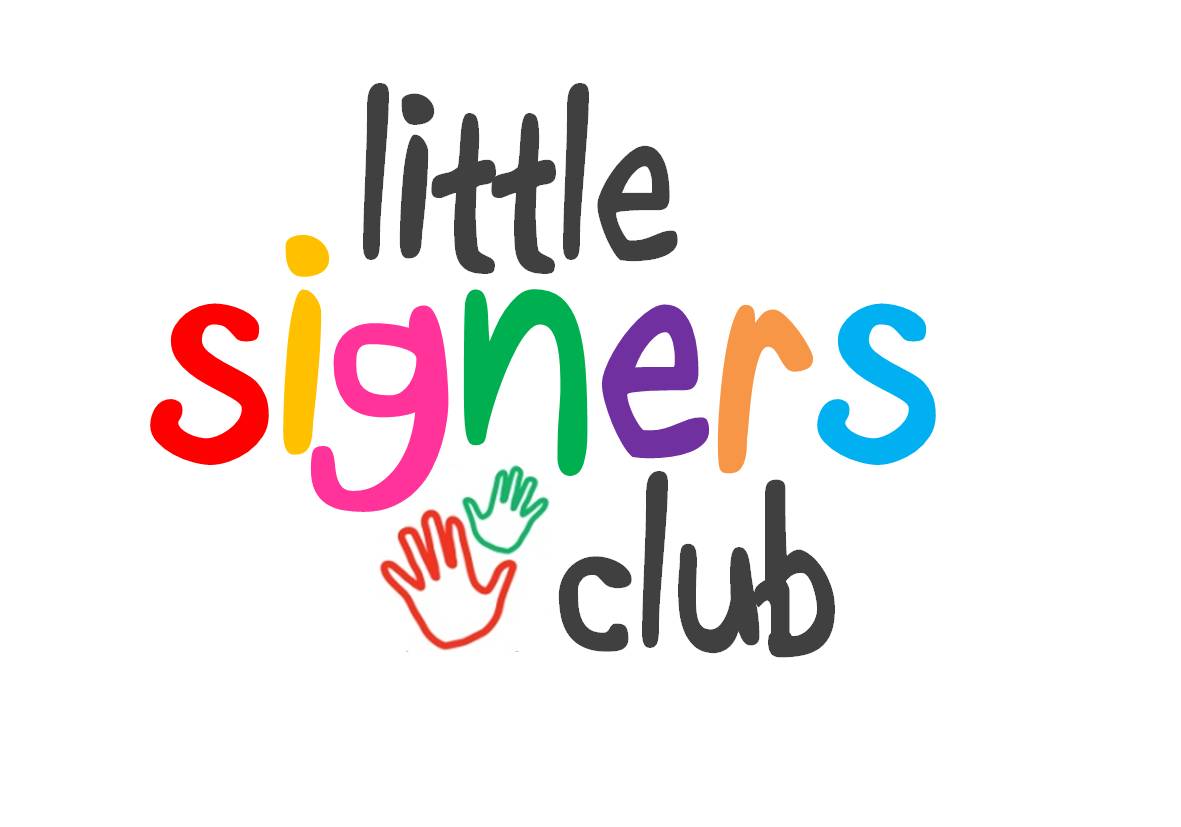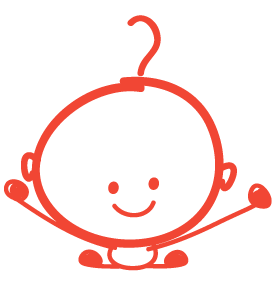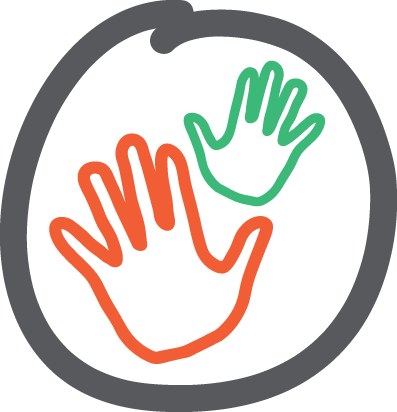
benefits for toddlers
‘An 18 month old almost certainly wouldn’t be speaking more extensively if she couldn’t sign. She’d just be still not speaking but *also* be unable to communicate in any other way, which wouldn’t benefit her – or her family’

The most frustrating time of life is in the second year of a child’s life and it is during this period that baby signing really does make a real and lasting difference.
Professional colleague Libby Hill, Consultant Speech and Language Therapist, comments:
“The more you know about all the factors involved in making speech sounds, the more you wonder how anyone manages it.
The brain has to send a signal to the muscles, and then the airflow has to be co-ordinated with moving the tongue, mouth and gums (teeth in older children and adults).
A baby can move their hands with some control from very early on. Babies will not talk until 12 months of age or later but they can indicate by gesture or sign much earlier. Early communication intention is about making choices and making your needs known.”
Children who don’t know how to communicate their big feelings or urgent needs easily resort to lashing out or biting or meltdowns.
“Parents who point and use other gestures with their toddlers can give them a head start with learning language”
The Times
Some children naturally take longer to talk than others. Once speech has started, words can be indistint and toddlers find themselves stumbling over words.
At this stage toddlers have an understanding which is approximately 6 months ahead of their ability to express themselves – what a hugely frustrating and overwhelming time for our small people.
Signing supports toddlers through this period in several ways.
· important grown ups can understand what it is that is being said through words and supportive signs
· encourages and supports emerging speech as grown ups can speak the words back to their toddler, reinforcing speech sounds and pronunciation
· language ability increases with better communication
· toddlers have confidence in their ability to communication their needs and interests effectively, bringing meaning to everyday activities
· as ‘language in motion’ signing is a kinaesthetic support which creates more effective learning
· reduces aggressive behaviours very effectively – because communication is clear, understood and responded to. Biting is considered the behaviour that indicates ultimate frustration.
It’s important to remember that signing is ultimately about a combination of factors – communication, motor skills, bonding and most importantly, fun.
Of course there are children for whom signing will become a very necessary part of their communication needs.
But for the majority, and for those who worry about their Toddler’s speech development, the evidence is overwhelmingly clear that signing is always replaced by speech once a little one feels confident with the spoken word.
From time to time a child may use the sign as well as the word, to reinforce an important point or to make it very clear that they have a need to be met (and if their grown ups are distracted).

‘signing and talking simultaneously with young children, to emphasise key words in context, is an important tool in the early stages of language development’
Michael Jones; Talking and Learning with Young Children

joyful interactions with confident toddlers…
Little Signers Club




